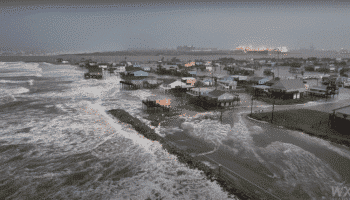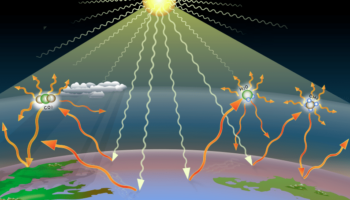
Sea-level rise: to mitigate or adapt? Experts say we need to do both.
Roughly 900 million people lived in low-lying coastal cities and settlements in 2020; a figure that is projected to reach 1 billion by 2050. Is there anything we can do now to reduce sea-level rise and its impacts? Our past actions will already impact sea-levels for thousands of years. But not everything is set in stone. We possess the power to reduce sea-level rise and its impacts over the next century and beyond with our current actions. Some advocate to mitigate the causes, and others to adapt to the consequences. But what do experts say?









